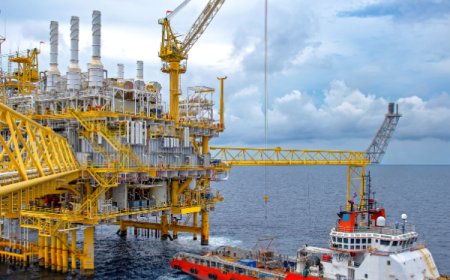Fuel Types in the UK: A Comprehensive Overview

The UK is undergoing a significant transformation in how vehicles are powered, driven by environmental goals and technological advances. The governments commitment to reducing carbon emissions includes phasing out petrol and diesel cars by 2035. As a result, the variety of fuel types available to UK drivers is expanding rapidly. This article explores the main types of fuel used in the UK today, their advantages, disadvantages, and how they fit into the future of transport.
Petrol
Petrol remains one of the most widely used fuels in the UK. Since 2021, petrol sold at UK filling stations has mainly been E10, containing up to 10% renewable ethanol. Petrol engines power a large portion of the UKs cars, especially smaller and older vehicles.
Advantages:
-
Readily available across the country
-
Vehicles tend to be cheaper upfront compared to alternatives
-
Suitable for urban and short-distance driving
Disadvantages:
-
Produces carbon dioxide (CO?), contributing to climate change
-
Less fuel-efficient than diesel for long-distance travel
-
Sales of new petrol vehicles will cease by 2035 as part of the governments ban on new fossil fuel cars
Diesel
Diesel is preferred for its fuel efficiency and torque, making it popular in vans, trucks, and many family cars. Diesel engines generally perform better on long journeys and heavy-duty use.
Advantages:
-
Better miles per gallon compared to petrol, especially on motorways
-
More durable engine life in many cases
-
Better suited for towing and heavy loads
Disadvantages:
-
Emits nitrogen oxides (NOx) and particulates harmful to air quality
-
Subject to additional charges in low emission zones across UK cities
-
New diesel car sales will also end in 2035
Electric Vehicles (EVs)
Electric vehicles are powered entirely by electricity stored in batteries. With zero tailpipe emissions, EVs are central to the UKs green transport strategy. The availability of EVs has surged, alongside the growth of public charging infrastructure.
Advantages:
-
No tailpipe emissions, significantly reducing pollution
-
Lower running costs and less maintenance required
-
Incentives such as reduced vehicle tax and grants for buyers
Disadvantages:
-
Higher initial purchase price, though this is decreasing over time
-
Charging times are longer than refuelling with petrol or diesel
-
Range limitations on some models, although many modern EVs can travel 200+ miles on a charge
Plug-in Hybrid Electric Vehicles (PHEVs)
PHEVs combine a traditional petrol or diesel engine with an electric motor and rechargeable battery. They offer the flexibility to run on electricity for short trips and switch to fuel for longer journeys.
Advantages:
-
Reduced emissions during electric-only driving
-
No range anxiety due to the backup petrol/diesel engine
-
Good for mixed-use driving patterns
Disadvantages:
-
Heavier and more complex than conventional cars
-
Still reliant on fossil fuels when battery depletes
-
Must be regularly charged to maximize environmental benefits
Hydrogen Fuel Cell Vehicles
Hydrogen fuel cell vehicles generate electricity by combining hydrogen and oxygen, emitting only water vapour. Though still niche in the UK, hydrogen holds promise for heavy vehicles and long-distance travel.
Advantages:
-
Zero harmful emissions at the tailpipe
-
Quick refuelling times similar to petrol/diesel vehicles
-
High driving range suitable for commercial vehicles
Disadvantages:
-
Very limited hydrogen refuelling infrastructure
-
High costs associated with production and vehicle technology
-
Hydrogen production can be energy-intensive if not sourced renewably
Conclusion
The UKs vehicle fuel landscape is rapidly evolving. Petrol and diesel still dominate but are on a clear path to phase-out. Electric vehicles are becoming mainstream, supported by government policies and infrastructure investment. Plug-in hybrids offer a transitional option, while hydrogen remains a promising solution for certain applications. Understanding these fuel types helps drivers and businesses prepare for a cleaner, greener future on UK roads.








































